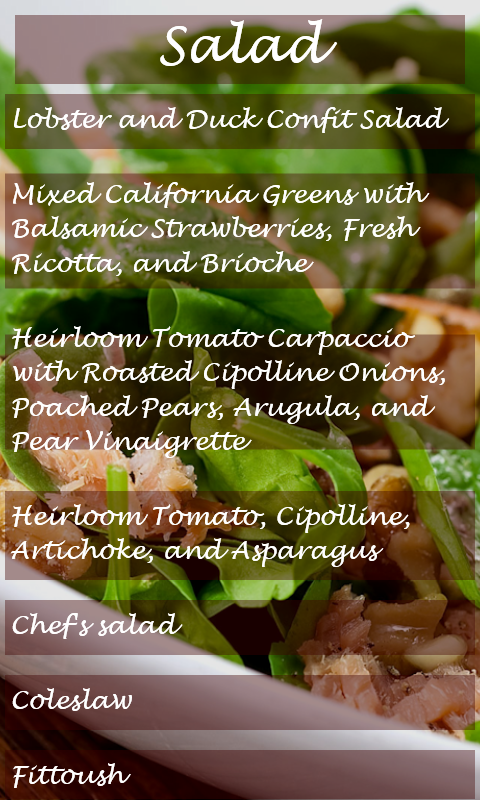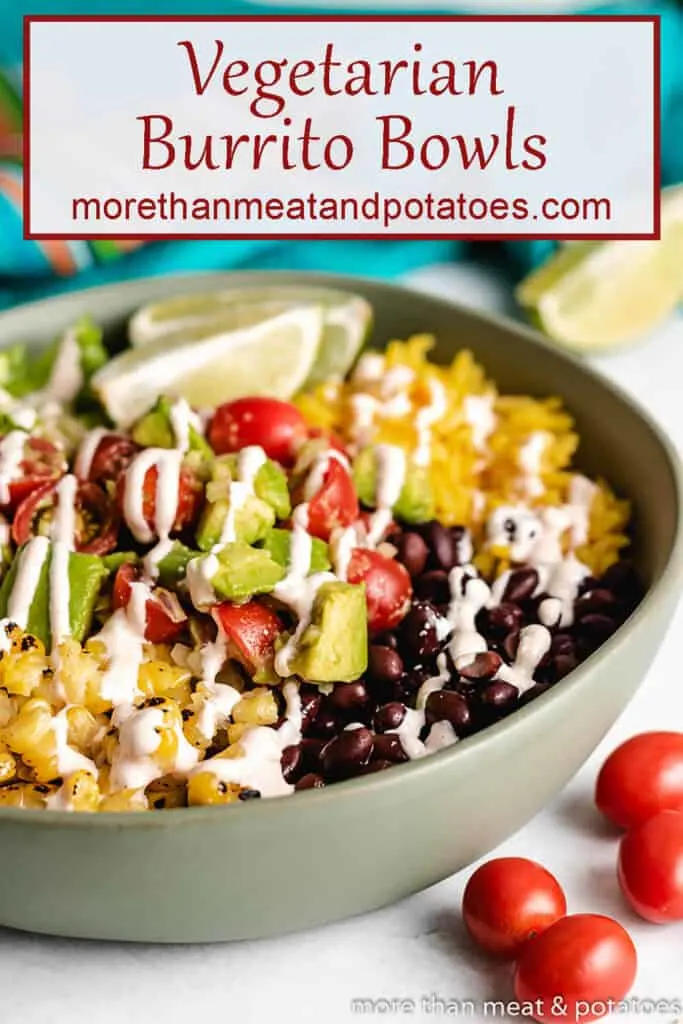Spanish Vegetable Rice Recipe: A Delightful Fusion of Flavors
Guide or Summary:Introduction to Spanish Vegetable RiceIngredients and PreparationAdding the Rice and BrothFinal Touches and ServingEmbarking on a culinary……
Guide or Summary:
- Introduction to Spanish Vegetable Rice
- Ingredients and Preparation
- Adding the Rice and Broth
- Final Touches and Serving
Embarking on a culinary adventure, we uncover the secrets of a traditional Spanish dish that transcends borders and tantalizes taste buds. The Spanish Vegetable Rice Recipe, also known as "Paella de Verduras," is a tantalizing fusion of aromatic spices, fresh vegetables, and a touch of sweetness that makes it an irresistible feast for food enthusiasts. This article delves into the essence of this Spanish delight, providing a comprehensive guide to recreating this sumptuous dish in your own kitchen.
Introduction to Spanish Vegetable Rice
Spanish cuisine is renowned worldwide for its rich flavors and vibrant colors. Among the many dishes that capture the essence of Spanish culinary heritage, the Spanish Vegetable Rice stands out as a testament to the country's culinary prowess. This dish, traditionally made with rice, vegetables, and a blend of spices, is not only a feast for the eyes but also a symphony of flavors that dance on the palate.
Ingredients and Preparation
To embark on your cooking journey, gather the following ingredients:
- 1 cup of Arborio rice, known for its high starch content which gives the rice its creamy texture.
- 2 tablespoons of olive oil.
- 1 medium onion, finely chopped.
- 2 cloves of garlic, minced.
:max_bytes(150000):strip_icc()/Cucumber_Avocado_Tomato_Salad_009-58d9ba8aea0a44d18f793cb870f1a67d.jpg)
- 1 red bell pepper, sliced.
- 1 zucchini, diced.
- 1 carrot, grated.
- 1 cup of peas.
- 1 teaspoon of smoked paprika.
- 1/2 teaspoon of saffron threads, soaked in 2 tablespoons of hot water.

- 4 cups of vegetable broth.
- Salt and pepper to taste.
- Fresh parsley, chopped for garnish.
Begin by heating the olive oil in a large paella pan or a deep skillet over medium heat. Add the chopped onion and minced garlic, sautéing until the onion becomes translucent. Next, introduce the sliced red bell pepper, diced zucchini, and grated carrot to the pan. Cook these vegetables until they start to soften, adding a touch of color to the dish.
Adding the Rice and Broth
Once the vegetables have softened, make space in the pan for the Arborio rice. Stir the rice to coat it with the vegetables and spices, ensuring that each grain is evenly distributed. Add the smoked paprika and the soaked saffron threads, which infuse the rice with a distinctive aroma and color.
Pour in the vegetable broth, allowing it to come to a simmer. Stir the mixture gently, then cover the pan with a lid. Let the rice cook for approximately 20 minutes, or until it has absorbed all the liquid and becomes tender. Throughout this process, occasionally lift the lid to check on the rice, but avoid stirring too frequently to maintain the creamy texture.

Final Touches and Serving
As the rice nears completion, add the peas to the pan and stir gently, allowing them to cook through without becoming mushy. Season the dish with salt and pepper to taste, then remove the pan from the heat.
Garnish the Spanish Vegetable Rice with fresh parsley, which adds a pop of color and a hint of freshness to the dish. Serve it hot, preferably in traditional paella dishes, allowing guests to enjoy the visual spectacle of the dish as much as its flavors.
The Spanish Vegetable Rice Recipe is a testament to the magic of combining simple ingredients with traditional cooking techniques. This dish not only satisfies the senses but also offers a glimpse into the rich culinary heritage of Spain. Whether enjoyed as a main course or as a side dish, the Spanish Vegetable Rice is a delightful addition to any meal, promising to transport your taste buds to the sunny shores of Spain with every bite.